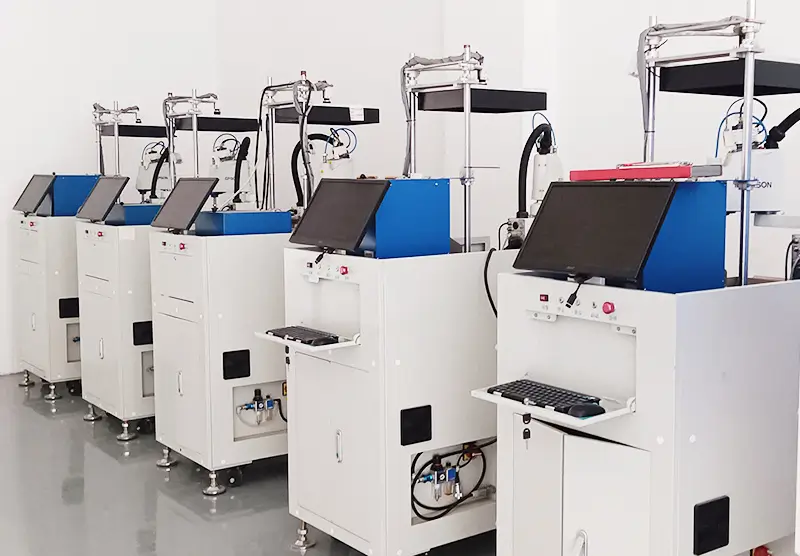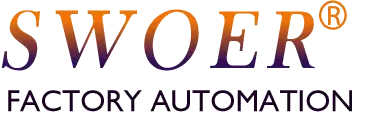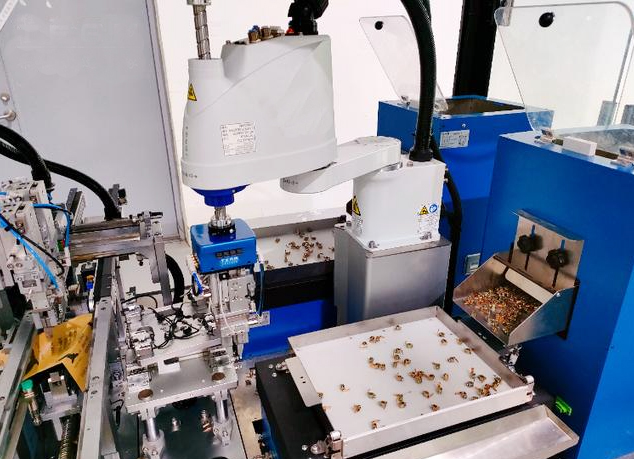In today’s high-tech manufacturing world, robot feeding systems are essential for boosting efficiency and precision. These systems automate component delivery to robots for assembly or processing. They are crucial for modern production lines. A key component is the flexible feeder, enhancing the ability to handle diverse parts efficiently. Let’s explore the various applications of robot feeding systems and how flexible feeders play a vital role in these applications.
Understanding Robot Feeding Systems
Robot feeding systems automate the delivery of parts or components to robots. This automation speeds up the production process, reduces the need for manual labor, and ensures parts are placed accurately. Flexible feeders are essential in these systems. They handle components of various shapes, sizes, and materials. This makes them versatile and effective in different settings.
Key Applications Across Industries
Automotive Manufacturing
In the automotive industry, robot feeding systems manage component assembly. They handle engine parts, sensors, and more. Flexible feeders are especially useful, managing parts of different shapes and sizes. They ensure accurate feeding into the production line. This adaptability helps maintain a smooth and efficient assembly process, improving overall production speed and quality.
Electronics Assembly
The electronics industry demands high precision in the assembly of small components like microchips and circuit boards. Robot feeding systems equipped with flexible feeders ensure that these tiny, delicate parts are handled gently and accurately. Automating the feeding process reduces errors and increases production rates. These systems meet the rigorous demands of electronics manufacturing.
Pharmaceutical Production
Pharmaceutical manufacturing requires meticulous handling of small items such as vials and tablets. Robot feeding systems with flexible feeders ensure that these items are fed into packaging or processing machines with great precision. This automation helps maintain the integrity of the products and ensures compliance with strict industry standards, while also enhancing overall production efficiency.
Food and Beverage Packaging
In the food and beverage industry, robot feeding systems streamline packaging for bottles and cans. Flexible feeders are crucial, accommodating various container shapes and sizes. They ensure smooth feeding into the packaging line. This helps maintain high hygiene standards, speeds up production, and reduces labor costs.
Medical Device Manufacturing
Medical device production involves the assembly of intricate components, which requires both precision and flexibility. Robot feeding systems, enhanced by flexible feeders, manage the handling of these small and complex parts effectively. This ensures accurate assembly and efficient movement of finished devices through subsequent stages, such as quality control and packaging.

The Advantages of Flexible Feeders
- Versatility: Flexible feeders can handle components of different shapes and sizes, making them adaptable to various manufacturing needs.
- Precision: They ensure accurate part feeding into the production line. This reduces errors and improves product quality.
- Efficiency: By automating the feeding process, flexible feeders help speed up production and reduce the need for manual labor.
- Cost Savings: Minimizing manual handling and reducing component damage lead to significant savings in labor and materials.
Conclusion
Robot feeding systems are transforming manufacturing by enhancing efficiency and precision. Flexible feeders are key components, offering needed versatility for handling various parts. From automotive to electronics, pharmaceuticals, and food packaging, these systems drive innovation. They optimize production processes across many industries.
If you’re looking to upgrade your production line with advanced robot feeding systems and flexible feeders, contact us today to learn how we can help you achieve your manufacturing goals.

